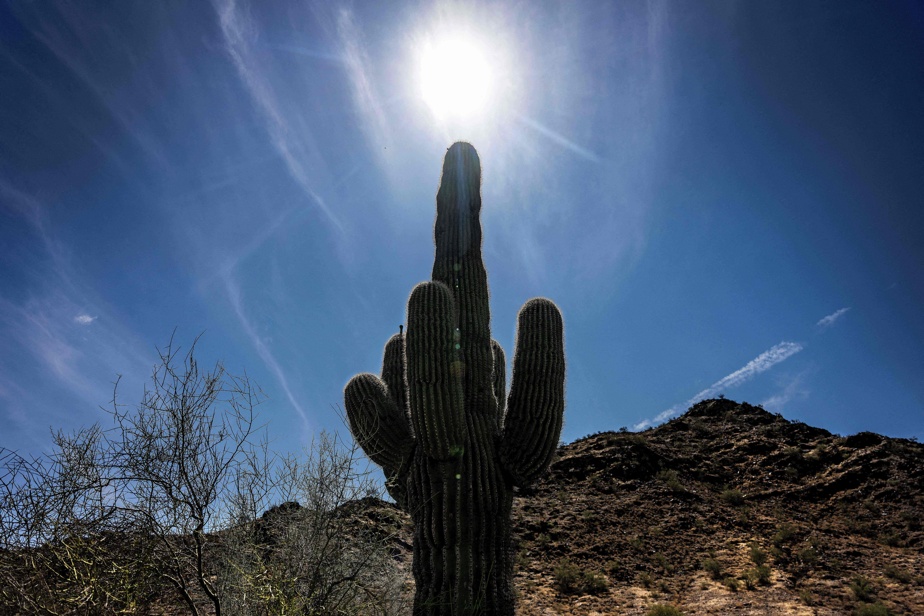The chaotic weather forecast includes the possibility of severe thunderstorms developing between warm and cold fronts. Forecasters said colliding fronts could bring areas of flash flooding between eastern Nebraska and northern Wisconsin Saturday evening, as well as strong storms in parts of eastern Montana up to Dakota State. North and South.
Meanwhile, a plume of tropical moisture will reach the central Gulf Coast over the next few days, with heavy rain expected Monday morning, according to the National Weather Service.
Forecasters said the threat of heavy rain in Florida continues to dissipate, but some storms could cause local flooding as the ground is already saturated. Some areas between Miami and Fort Lauderdale were underwater in recent days as persistent storms dumped up to 50 cm in the southern part of the state.
The unnamed storm system coincided with the start of hurricane season, which this year is expected to be among the most active in recent memory, amid concerns that climate change could increase the intensity of storms.
With floodwaters receding in Florida, temperatures rose across much of the southern United States on Saturday.
Heat waves and risk of snow
In Atlanta, where temperatures are expected to approach 38C on Saturday and Sunday, city officials opened a cooling center for people to protect themselves from the heat. The city announced that a “Families and Friends Day” had been postponed due to expected high temperatures.
In the West Texas city of El Paso, Saturday’s high temperatures are expected to approach 100.5 degrees Fahrenheit, and the National Weather Service has issued a heat warning through Monday morning for the region. The city has opened five cooling centers that will operate daily until further notice.
The National Weather Service said temperatures in Phoenix, where an excessive heat warning was in effect, were expected to reach 45C Saturday afternoon. This would be below the record set on June 15, when in 2021 the maximum reached 46°C.
Although Arizona is entering its three-month monsoon season – when a change in wind patterns draws moisture from Mexico’s tropical coast – no rain is forecast for Saturday and most of the next week.
“No chance of rain statewide,” National Weather Service meteorologist Ted Whittock said, noting that there is a 30 percent chance of showers in the southeast. Arizona on Friday June 21.
In Tennessee, tens of thousands of Bonnaroo Music & Arts Festival revelers braved a hot, sunny weekend to see more than 150 performances at the event’s 700-acre agricultural campground and concert hall annual.
Some festival-goers built awnings and tents to provide shade; others had their sunscreen confiscated upon entry due to restrictions on full-size bottles and aerosol cans, “The Tennessean” reported.
Temperatures in the Mid-Atlantic states and New England will likely peak in the low 30s next week, which is “not insignificant even in the middle of summer, let alone early in the year.” “summer,” said National Weather Service meteorologist William Churchill.
Last year, the United States experienced the most heat waves – abnormally hot weather lasting more than two days – since 1936. In the South and Southwest, last year was the worst never recorded, according to the National Oceanic and Atmospheric Administration.
Next week’s heat wave will intensify in the central part of the country on Sunday before spreading east, the National Weather Service said. The heatwave could last all week and into the weekend in many places.
While most of the country is experiencing the first warm spell of the season, parts of Montana have been placed under a winter storm watch with a risk of wet snowfall Monday evening.
Mr Churchill said the northwest cold front is linked to the heatwave because one extreme is often accompanied by the other.
